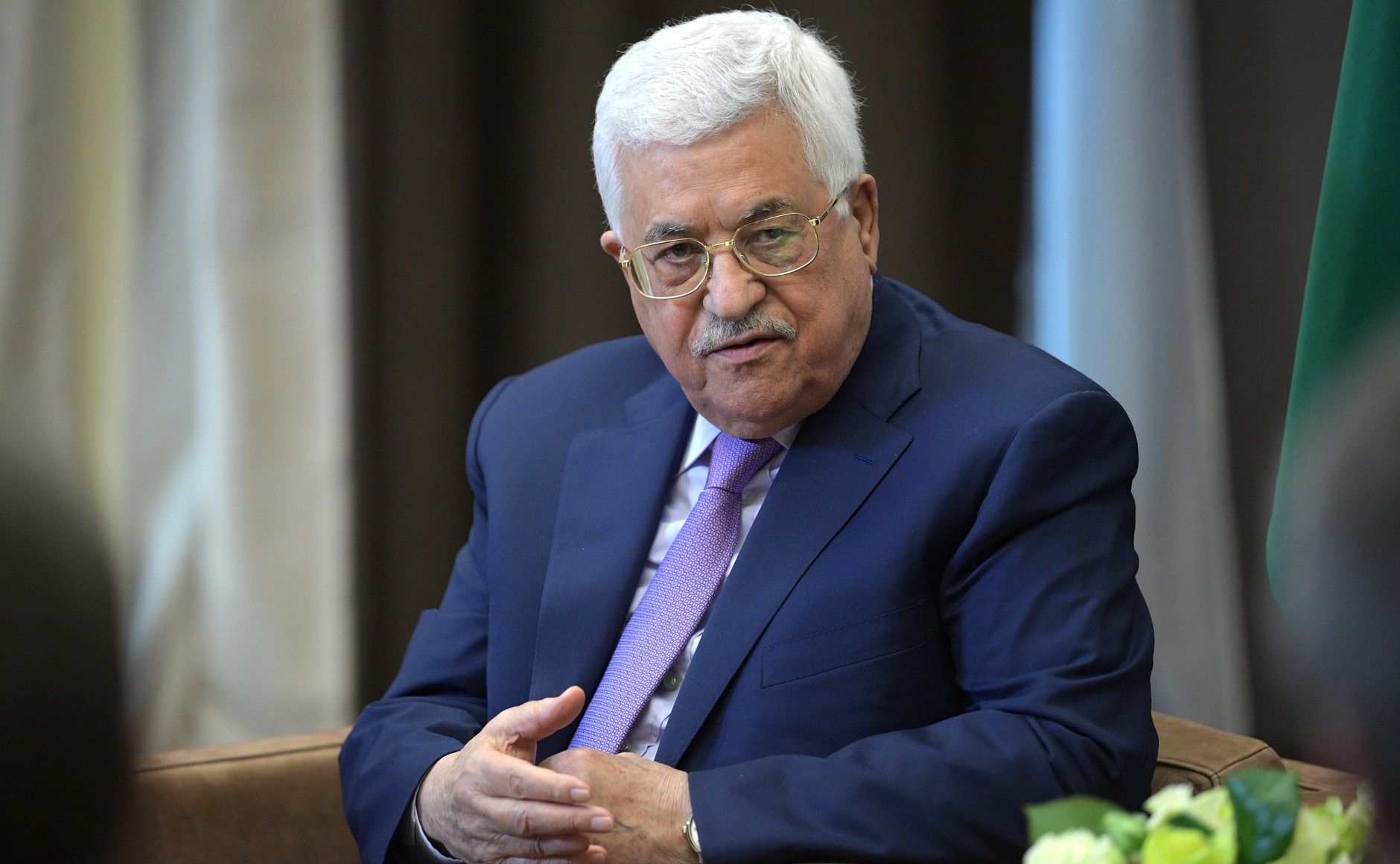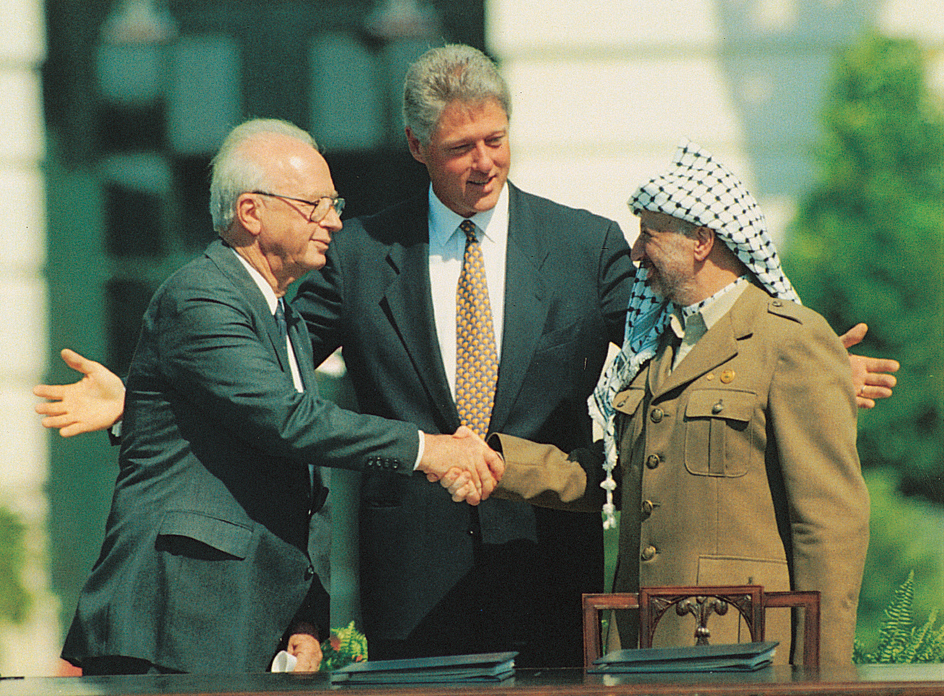Palestinian Authority, sometimes called the PA, has served as the government for Palestinians in much of the West Bank, and formerly in the Gaza Strip. Palestinians refer to it as the Palestinian National Authority. The Gaza Strip and West Bank, along with Israel, make up the historic region of Palestine in southwest Asia. About 5 million Palestinians—an Arab group native to Palestine—inhabit the Gaza Strip and West Bank. These territories have been fully or partially occupied by Israeli military forces since 1967.

The PA controls only parts of the Palestinian territories. Israel maintains full control in some areas, particularly places where Israeli settlers live. Israel also controls many major roads in the territories, as well as sites designated as military areas and nature reserves. In some areas, Israel and the PA share control.
Organization.
A president, elected by the people, heads the PA. A Legislative Council passes laws. The council consists of 88 elected members, plus the president. The president appoints a prime minister, who shares executive authority with the president. The position of prime minister was created in 2003. The prime minister chooses a cabinet to oversee the functions of various executive departments. The Legislative Council must approve appointments to the office of prime minister and to the cabinet.
History.
Israelis and Palestinians have long struggled over the status of Palestine, particularly the West Bank and Gaza Strip. Israeli troops began occupying these territories after a war with Arab states in 1967.
In 1993, Israel and the Palestine Liberation Organization (PLO) held talks in Oslo, Norway. The PLO is a political body that represents the Palestinian people. It seeks to establish an independent Palestinian state in Palestine. The Oslo talks led to an agreement that was signed in September 1993 in Washington, D.C. This agreement, the first of the so-called Oslo accords, led to the creation of the Palestinian Authority in 1994. The Oslo peace process also produced a number of other agreements during the 1990’s. Under the Oslo accords, Israeli troops withdrew from most of the Gaza Strip and many cities and towns of the West Bank. As the Israelis withdrew, Palestinian officials and police forces took control of the areas.

In 1996, Palestinians living in these areas participated in the PA’s first presidential and legislative elections. Yasir Arafat, the head of the PLO, was elected president of the PA. Most of the people elected to the legislature were members of Fatah, the dominant group in the PLO.
In 2000, peace negotiations between Israel and the Palestinians broke down after the two sides failed to resolve several key issues. Later that year, a period of widespread violence began between Israelis and Palestinians. In 2002, Israeli troops reoccupied most cities in the West Bank. The troops also surrounded and partially destroyed Arafat’s headquarters in Ram Allah.
In early 2003, Arafat, under domestic and international pressure, agreed to hand over some of his powers to a prime minister. The PA legislature soon approved the creation of the post, and Arafat named Mahmoud Abbas to the position. Abbas represented the Palestinians in negotiations with Israel. In September 2003, Abbas resigned as prime minister. Arafat appointed Ahmed Qurei, the speaker of the PA legislature, to replace Abbas.
In November 2004, Arafat died, and Abbas replaced him as head of the PLO. In January 2005, Abbas was elected to replace Arafat as president of the PA.
In January 2006, Hamas, a radical Islamic organization originally opposed to the PA, ran in parliamentary elections as a political party. Hamas won the election, and in March, party leader Ismail Haniyeh, also spelled Haniya, became prime minister of the PA. Many countries consider Hamas a terrorist organization and withdrew their support of the PA after the election. In June 2007, Hamas seized control of the Gaza Strip by force. Mahmoud Abbas dismissed the Hamas-led government, and Israel imposed an embargo on the territory. However, Hamas continued to control the Gaza Strip.
For more information on Palestinian-Israeli relations, see Arab-Israeli conflict.

